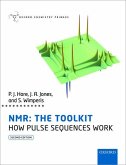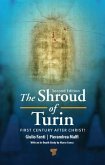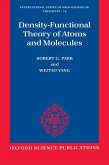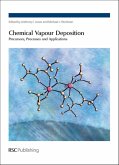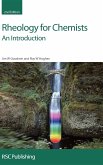Science and technology are the most potent influences driving the modern world. Most science is done in laboratories but, apart from a generalized image of an anonymous building populated by white-coated figures, few people outside the sciences have any idea how such places come into existence or how they work. This memoir approaches both issues from the author's personal experience. Peter Day's career took him to many countries and laboratories, including the Royal Institution in London, arguably the oldest continuously operating laboratory in the world - and, of course, much else besides. He looks at a selection of these places through the eyes of an 'incomer', trying to understand how they came into being and what makes them tick. He was the first member of his family to go to university and introductory chapters sketch his early life in a small Kentish village and tortuous route into science, along with vignettes of Oxford 50 years ago, a long-lost world. Laboratories, like most other human constructs, are brought into being through the ambition and hubris of individuals, kept going by intellect and sharp elbows, and sometimes brought low by blind egoism. This book shares examples of all these traits of humanity, observed, if not by an outsider then certainly by an incomer. Peter Day is an internationally recognised materials chemist who has received numerous honorary Fellowships, degrees and Academy memberships. From a small village in Kent, his career took him to Oxford and industrial research laboratories in the USA, followed by Directorship of a European institute in France and the Royal Institution in London. As well as many technical papers he has published books and articles about the practise of science, people who carry it out and organisations where it is done.
Hinweis: Dieser Artikel kann nur an eine deutsche Lieferadresse ausgeliefert werden.
Hinweis: Dieser Artikel kann nur an eine deutsche Lieferadresse ausgeliefert werden.


